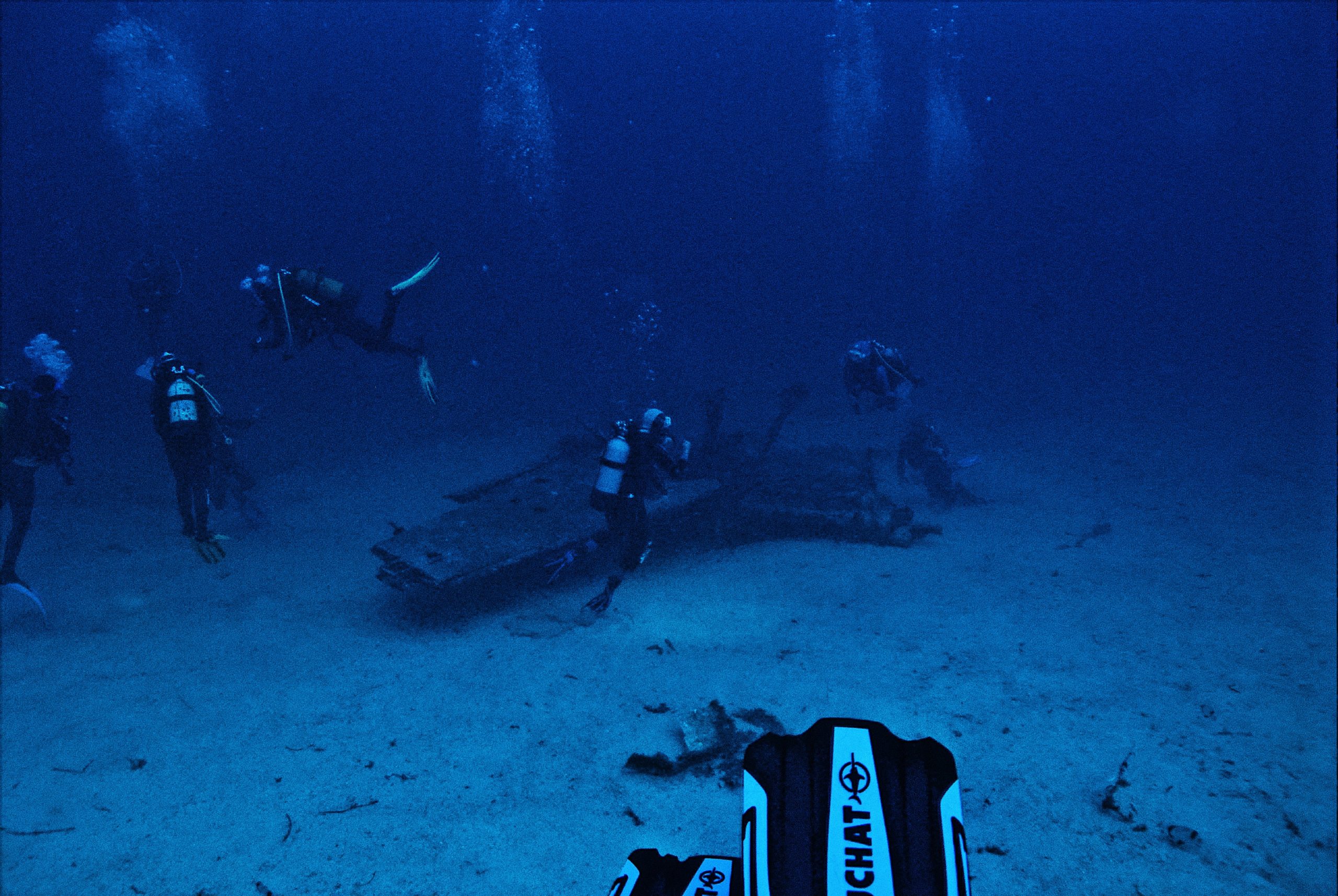How Advocates are Shifting the Tide on Underwater Munitions

Our ocean is host to an unthinkable amount of life and unknown treasures. But, along with life there are silent killers lurking. Underwater munitions are left over weaponry that leak pollutants, causing mass environmental degradation.
What are underwater munitions?
Underwater munitions are a wide variety of weaponry ranging from TNT, aircraft, and bombs, that have been left in the ocean to deteriorate. Many industrialized nations intentionally dumped weaponry in the oceans from the 1910s-1970s. The United States, United Kingdom, and Soviet Union lead in dumping rates, polluting their surrounding waters. Terrance Long, the chairman of International Dialogue on Underwater Munitions (IDUM) stated that these underwater weapons release toxins into our seas 24/7, attacking coral reefs, promoting toxic algae blooms, and creating dead zones in our oceans.
It is believed that there are around 32,000 tons of chemical weapons littering the United States coastlines. These munitions contain several potent agents that continue to pollute waterways and have far reaching effects on our food chains.
Despite this, the Department of Defense has determined that retrieval of munitions is not possible as there would be “more serious effects on marine life and the ocean environment than would leaving them in place.” Opposing researchers argue that such a conclusion was made in an effort to save money versus our coastlines.
Underwater munitions impact your health and the planet
Underwater munitions release toxins into our oceans as they decompose –this has far reaching consequences. As chemicals are released into the ocean they are absorbed by local species, entering the food chain, and increasing mortality. The depletion of fish stocks puts strain on ecosystems as populations decrease and food becomes scarce, also impacting economies dependent on fishing.
The small island of Vieques is located off the coast of Puerto Rico. The island appears to be the perfect, untouched Carribean paradise with turquoise waters, wild horses, and one of the brightest bioluminescent bays in the world. For generations, the United States military used Vieques as a training site for bombs and operations. Over 900kg of bombs containing toxins such as napalm and uranium were fired into the surrounding ocean. The navy has begun clean up efforts in Vieques and estimates that it may take up to another 30 years to clean the underwater weaponry. So far the navy has used a process of open detonation to dispose of the old bombs. Cancer rates in Vieques are exponentially higher than in Puerto Rico even though the islands are only a few kilometers apart, a possible indicator of the effects of underwater munitions on public health.
As toxins from underwater munitions are absorbed by local wildlife they effectively enter our food chain. This leads to large populations of the world unknowingly consuming contaminated fish. Over time some chemicals may begin to dissipate, posing little to no threat to wildlife or humans, but others such as arsenic bioaccumulate. When a chemical bioaccumulates it travels through the food chain between species, therefore when fish absorb arsenic it stays in their tissue even after being prepared for human consumption. Inorganic arsenic at high levels can have negative health impacts for humans such as: skin and bladder infections, lung cancer, diabetes, and infant mortality.
Arsenic poisoning is most common in highly industrialized nations that previously relied on dumping as a method for disposal of weapons and have not properly cleaned this waste. While severe arsenic poisoning is unlikely, its effects can still be seen in our ecosystems and in communities surrounding polluted waterways.
What are the solutions?
Underwater munitions are a silent problem, polluting our waterways and food systems. Removing this machinery from the ocean floor will be a difficult task, but one that will preserve our oceans for generations to come.
So far, the United Nations has established several targets for removing these pollutants from the sea floor. The Department of Defense has remained firm on its belief that removing munitions would be more dangerous than leaving them, but many advocacy groups have challenged this. Terrance Long believes a solution to cleaning our seas is to float weapons to the surface, neutralizing the TNT, and then safely disposing of harmful chemicals.
IDUM has been a long time advocate for the removal of underwater munitions in a safe manner. It is their mission to promote the creation of an international treaty to encourage further international research on underwater munitions and promote environmentally friendly remediations in regions affected by underwater munitions. IDUM has been a leader organizing world leaders to discuss and seek solutions to underwater munitions.
This is a problem that cannot be solved on an individual level, but instead pressure must be put onto governments to clean the mess the military industrial complex has caused. Pressure from citizens can motivate the government to undertake clean up efforts and invest in research to understand the effects underwater munitions has on individual health. Reaching out to your Congressional Representatives to express your support for underwater munition clean-up programs can help clean our oceans.


Leave a Reply